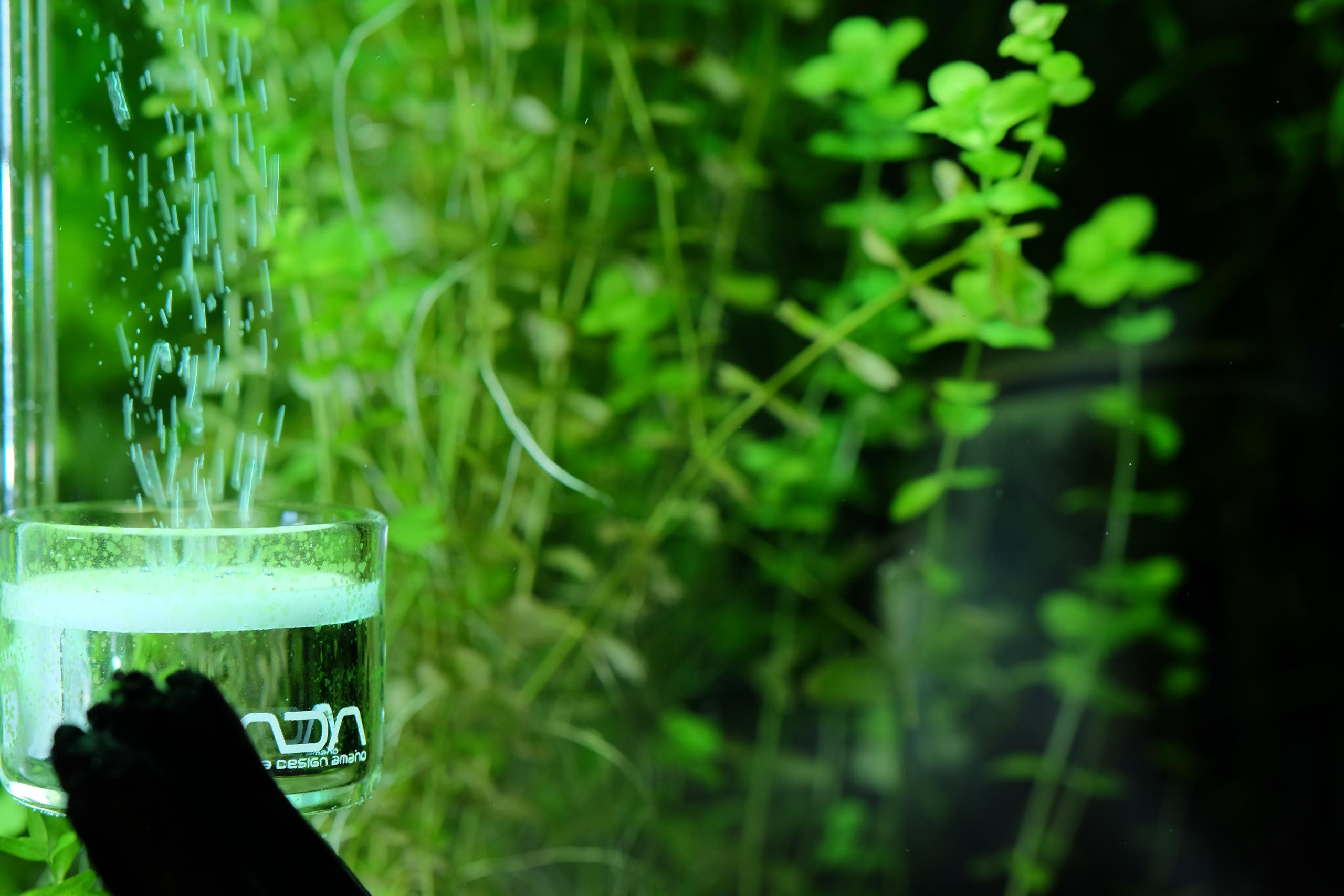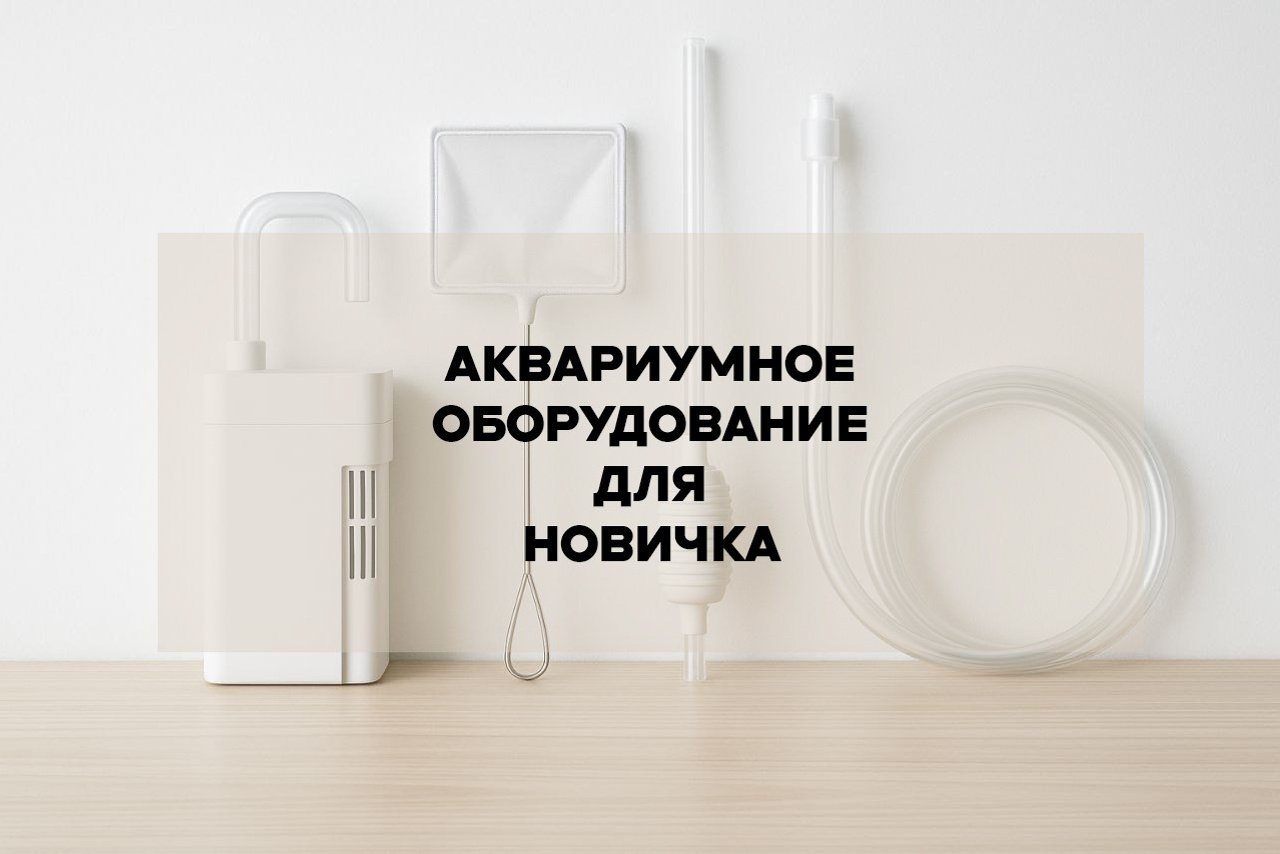


The Dave aquarium is very spectacular and recognizable by many aquarists. I like his graphic design of the aquarium. I decided to ask him about the content of LPS and SPS at the same time, about additives. And generally to chat. He didn’t get greedy and answered my questions.
The photos are posted with the author’s permission.
Bold — my questions, curve — my additionals.
@ — in the description of the products, it means a link to an Instagram profile (a prohibited social network in the territory of the Russian Federation)
@oceanartreefing
Rеeffuel Nutrient Control
@nyos.aquatics
— Quantum 160 Skimmer
Red Filters
— Carbon & Po4 remover
@easyreefs
— Evo SPS (кор
@reeffactory
— Dosing Pumps
@aquamedicgermany
— Twin controller
— Titan Heater
— Refill system
— Coralssand 0-1mm
@ghl_aquariumproducts
— Cooling Fan
@maxspect_ig
— Biosphere Rocks
@tunze_aquarientechnik
— Silence Return Pump (Tunze pumps may not be the best option on the market at the moment, so you could consider replacing them with something else. For instance, the same Eheim or Reef Octopus. When it comes to pumps, Hydor has established itself as a reliable choice in this category.)
@ecotechmarine
— Radion xr30 g4 pro (perhaps these are really the best marine DIODE lamps right now)
@aquaillumination (This is a company that produces cool LED marine lights — Hydra, which easily compete with those from Radeon.)
Hi, I’d like to interview you, find out more about your aquarium. Salinity, water changes: 1 or 2 times a week? How many liters of water do you replace at a time? What additives do you use besides dKH, Ca, Mg? Are you feeding your corals? What are the water parameters in your aquarium?
I perform a 20% partial water change once every two weeks. My water parameters include standard measurements for kH, calcium, and trace elements. I do not add magnesium to my aquarium. There are no consumers in my tank, so I do not need to dose for magnesium. After the lights are turned off, I add some food and dust to the tank.
No3 1-5
Po4 0,01-0,05
Kh 7,5
Ca 400-450
Wait a minute… you’re not adding magnesium?
Yes, because I have never had a problem with magnesium users in my aquarium. Even in other reef tanks, I have never measured magnesium levels. Every 2 to 3 months, I perform an ICP (inductively coupled plasma) test to determine the magnesium level in the water.
Are you adding any other additives? Bacteria, vitamins, amino acids?
I dose amino acids and zooplankton every day. I never add bacteria to a started aquarium.
Have you ever had difficulty with algae? What algae have appeared since the aquarium was launched? How do you usually solve problems with algae?
I only use water that has been filtered through a reverse osmosis system. This water does not contain any silicates or nutrients, which is important to me because I want to keep the nutrients in my aquarium as low as possible. This is also the reason why I don’t see any algae in my tank. I don’t use an algae filter, but instead have a few snails in my tank that help keep the living stones clean and eat any detritus.
What do you think about having absolutely 0 mg/l of phosphates in your water? Would you prefer to have 0 or a higher level?
For corals, a concentration of 0 mg/l of phosphates can be fatal. It is important to have some phosphates in the aquarium, but at a low level because that prevents algae growth. A concentration between 0.003 and 0.1 mg/l is ideal. I prefer 0.05 mg/l, but in an aquarium with Acropora corals I aim for 0.003 mg/l.
This is not only about the absolute value of the phosphates, but also about stability. If phosphates fluctuate significantly within a week, from, for example, 0.01 mg/l to 0.1 mg/l, then the corals are likely to turn brown. It is better to maintain a stable concentration of 0.1 or 0.01 mg/l than to experience constant and sudden changes in phosphates.
How do you manage to keep phosphates at the same level, unchanged?
I have an ultraphos filter. I replace it every four weeks and use it more or less every time. It’s not easy, but with time, you begin to understand your aquarium and how much antiphos it needs each time, and how corals will react to that amount. Zeolite also works well. If you’re doing something new in your aquarium, like adding a lot of corals or fish, the phosphates may change (grow), so in those cases, I recommend using zeolite. I check for phosphates every week.
It turns out that if I want to reduce phosphates, I need to select the dosage of ultrafos each time?
Start with the usual recommended dosage indicated on the label. If phosphorus levels decrease, that’s good. After reaching a certain level, reduce the amount of ultraphos, stop at a specific volume. Then, adjust the dosage based on the situation. If phosphorus continues to increase, increase the dosage of the media. And so on.
I suppose the situation with nitrates is similar?
But nitrates work differently from phosphates. Phosphates are easily absorbed, while nitrates must be removed using a skimmer. If the levels of nitrates and phosphates are within the appropriate ranges, everything is relatively simple. However, if the level of PO4 is higher than that of NO3, things become more complicated. This is because any complex sorbent will remove both at the same time, so it can be easier to add liquid nitrate or liquid phosphate to bring the levels down to more convenient values. For nitrates, the ideal level is between 2 and 5 mg/L, and for phosphates, it should be around 0.03 mg/L. Alternatively, you could aim for 10-15 mg/L of nitrates and 0.1 mg/L phosphates. However, when the level of NO3 reaches around 30 mg/L and the level of phosphates is around 0.01 mg/L, it becomes more difficult. In this situation, it may be necessary to increase the level of phosphates and then reduce both nitrates and phosphates simultaneously.
Oh my GOD
Are you sure you understand everything? I’m sorry if this sounds too weird.)))
How do you successfully combine LPS and SPS corals in one aquarium? Is there a secret?
LPS corals are suitable for approximately the same parameters as SPS. At the same time, LPS simply tolerate higher nutrient values, and SPS — lower ones. But I don’t have high-end acropores there, which only turn multicolored at very low values. My SPS are simple. I place the SPS where they can get maximum illumination and good flow, they like it much more.
What principles did you follow when choosing the light?
It’s very simple. You can rely on experience. I wouldn’t buy a new LED right now. I’d rather wait for experienced marine aquarists to test him for 1-2 years of experience, and then give feedback. When it comes to setting up the lights, things are a bit more complicated. I have had a very simple and similar environment for many years, and it has proved successful. But I also measure the nominal values to make sure that the brightness of the individual LEDs is correct. You can see a lot of settings that change up and down every hour. I don’t understand it and I don’t see the point in it. I try to keep everything stable, and such a change of light, especially with blue LEDs, is only stressful for animals.
What water parameters do you measure and what values are you trying to keep?
Kh 7,5
Ca 400-440
Po4 0,05
No3 5
Salinity 35
Temp 25
And that’s all.
What abou Fe, Si, К, Sr, B?
For all other water parameters, I do an ICP test.
Give advice to a novice aquarist.
Less is better
Don’t chase after the ideal water parameters (said the man with the ideal water parameters)
Stable water parameters are the key to the success of your aquarium
Watch your corals, not the water parameters
Mistakes are the best learning.
Thanks a lot!
ᗪᗩᐯE‘ᔕ ᖇEEᖴ (@coral_fish_zoa) • Instagram photos and videos* special for aquamaxim.ru
*Prohibited social network in Russia
Free articles















